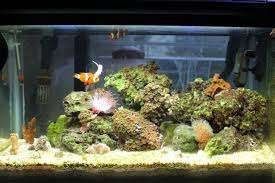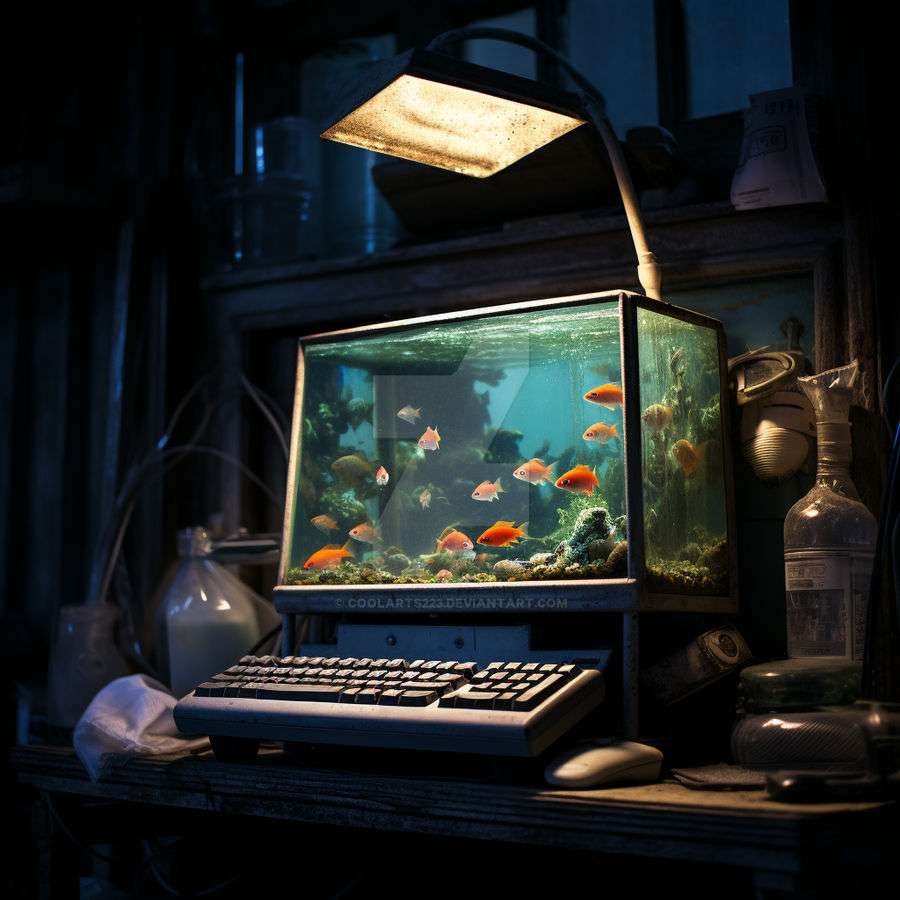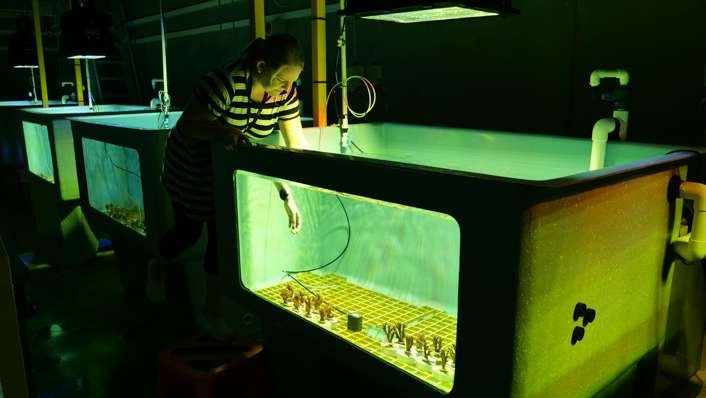What is an aquarium controller?

There is an electric device called a “controller” that manages a certain function. For example, a TV remote handles the TV, but an RC car or drone has its own controller that lets you move and speed it up.
There are different types of controllers needed because tanks have a lot of different equipment that needs to be handled. A simple Wi-Fi timer can be used to control lights or turn off pumps when it’s time to feed. A temperature sensor keeps an eye on the temperature of the tank and controls the heaters and/or chillers so that the water stays at the right temperature. Each part, like the ATO system, lights, doors, pumps, and so on, can have its own driver. Putting these tools together can be a big job if you want to automate and handle the whole tank.
IT WOULD BE COOL IF YOU COULD USE YOUR SMARTPHONE TO CONTROL ALL OF THE EQUIPMENT ON YOUR TANK FROM ONE PLACE.
A multi-element tank device is made for just this reason. These devices are made to handle different tasks using a central control platform and software, which will make your life easy. Different technologies, like WiFi, Bluetooth, 0–10V data, power, and radio frequency, are used to control the gear in your tank. After that, you can use software or a linked device to set the controller.
Controllers vs. Monitors
“Most aquarium controllers can keep an eye on parameters, but most monitors can’t do anything.” A pH monitor, for example, only gives you a pH reading, just like a thermometer only gives you a temperature reading. A pH sensor, on the other hand, can both read pH and change a device based on that reading. A temperature sensor works the same way. It checks the temperature of the water and can also turn your heater on and off.
You can use a tank controller as an easy timer to turn your lights on and off every day. There is also a safety function that you can set up so that the controller turns off the lights if the water temperature gets too high. Some of the best tools can even send you a text message or email when something like this happens. A simple timer and a thermometer are combined in the device to make it work for this purpose. This is just the start of the automation and control options you can find.
Different kinds of aquarium controllers
Controllers can be broken down into two separate groups:
- Single element controller: This handles just one thing.
- Multi-element controller: This can handle more than one device.
A single-element device is something like a Wi-Fi plug, which controls power and turns something on or off at a certain time. On the other hand, a multi-element controller can handle many different pieces of equipment and keep an eye on many different factors. After tracking, this information can be used to manage the devices that are linked. It’s kind of like a high-tech smart energy bar; you can plug your gear into it, add tracking tools and other parts, and then use an app to control everything.
There are many multi-element controls on the market, but only a few are really popular because they are easy to use and work with a lot of different aquarium goods.
Controllers Are For Beginners Too
Controllers are also good for beginners. “Even though it may look hard to use, a tank remote is actually very powerful and doesn’t depend on your level of skill. Controllers help you run your tools and automate many jobs. They also let you keep an eye on your tank and the equipment that serves it. If you use an aquarium thermostat the right way, it can keep your tank safe from many problems. With today’s technology, you can do everything on your phone and get reports and alerts about your tank in real-time. Smart gadgets and home automation, along with automation technology, are quickly becoming parts of our daily lives. Companies that make tank controls put in a lot of effort to make software that is easy to use and walks you through the setup process, no matter what the application is.
One benefit of a tank device is that it can let you know on your phone when problems happen, like leaks, overheating, pH drops, or overflow.
- Set your heaters and chillers to automatically control the temperature and avoid having to deal with broken equipment.
- Pumps can be turned off for a certain amount of time with the push of a button in feed mode and maintenance mode.
- Change the water on its own.
- Make sure your equipment has backups and alternatives.
- You can control all of your gear from afar.
- Keep an eye on how much power is being used and how much water is flowing.
- Draw and keep track of water factors.
- Look for leaks.”


